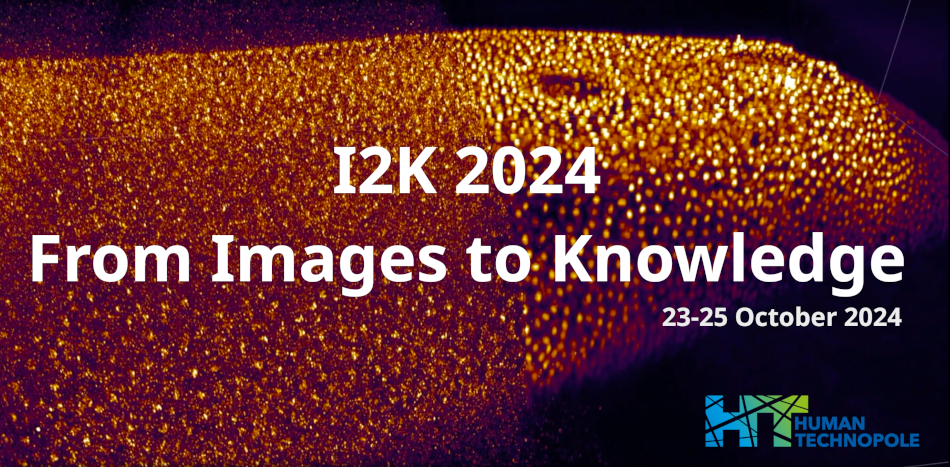Speaker
Description
Reconstructing the connectome is a complex task, due to the diversity of neuronal forms and the density of the environment.
At LOB, in collaboration with IDV, we have developed a microscope combining multicolor two-photon excitation by wavelength mixing and serial block acquisition. This imaging method (Chroms), applied to a Brainbow retrovirus-labeled mouse brain, provides several millimeters of a multichannel, 3D submicron brain to track thousands of independent axons in one image.
We developed a specific semi-automatic quantization method for these dense, multi-channel data. A napari interface enables one to specify a neuron's starting position, then by successive local iterations, the complete neuron is automatically traced. Local tracing is performed in two stages: a U-Net 3D artificial neural network trained on a manual ground truth is used to filter only the neuron of interest, then traced using APP2, a classical tracing algorithm. The napari interface enables tracing errors to be corrected and visualized live.
These developments in automatic Brainbow image analysis are part of the napari ecosystem, and will enable a quantitative understanding of the development and complexity of the connectome.
| Authors | Clément Caporal*, Katherine Matho, Jean Livet, Emmanuel Beaurepaire, Anatole Chessel |
|---|---|
| Keywords | Neuron tracing, brainbow, napari, deep learning |

